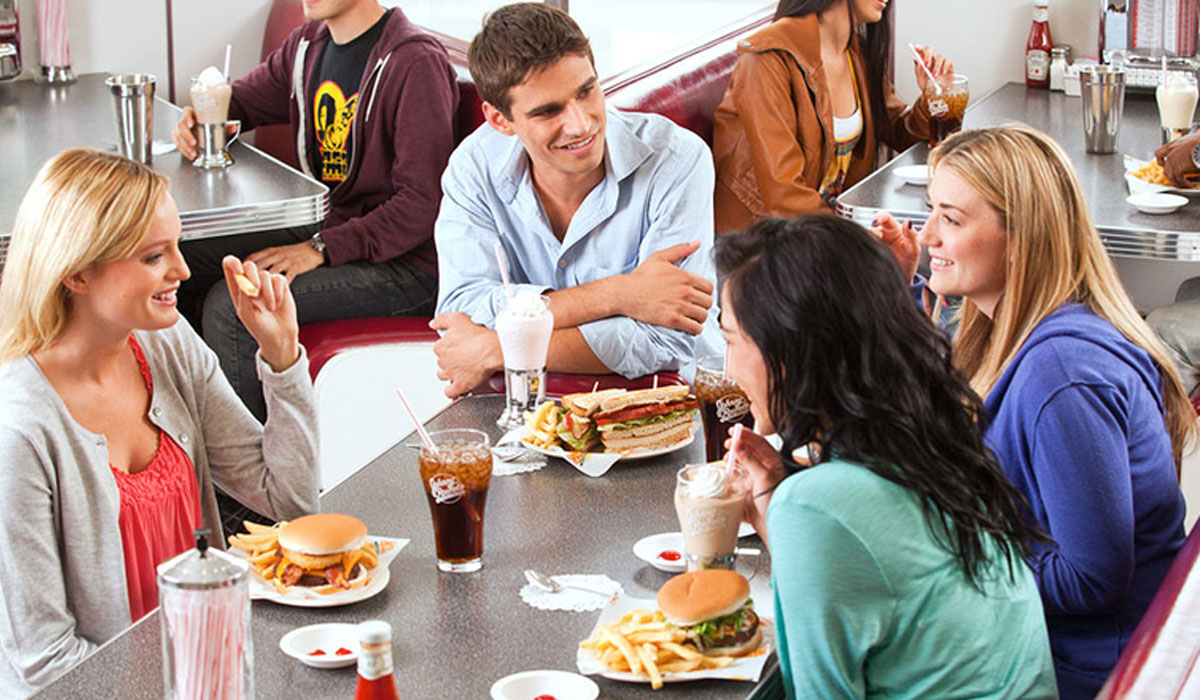In recent years, employee behaviors and expectations have evolved significantly, due in part to millennials and GenZ entering the workforce. Within the next two years, 50 percent of the U.S. workforce is expected to be made up of this age demographic, and it will be 75 percent by 2030, according to the U.S. Bureau of Labor Statistics.
With the makeup of the workforce changing, the behaviors of your employees, what they value, and the things that keep them invested in your organization will all change as well. With that in mind, if your business’ employee reward and recognition program was built years ago, it may contain outdated elements that need a refresh in order to keep your workforce motivated. Leaving it as it is means your company is likely missing out on some bottom-line benefits.
For example, according to a Gallup poll, organizations that are the best at engaging their employees achieve earnings-per-share growth that is more than four times that of their competitors. Those in the top quartile of engagement realize substantially better customer engagement, higher productivity, better retention, fewer accidents and 21 percent higher profitability.
So, how can you start building toward a more engaged workforce? Research shows that employees crave three things at work: respect for what they do, a sense of purpose within the organization and strong relationships with colleagues and managers. When modern recognition programs are designed to provide these three things, they have a faster and longer-lasting impact on culture, productivity and retention within your company. Here are three strategies to use when looking at modernizing your engagement strategy for your evolving employee base.
Make Employee Recognition the Top Priority
Employee recognition programs have evolved from spending budgets on milestones, to enabling and encouraging everyday recognition. Recognition is no longer just a monthly or annual thing—and it never should have been. Providing ways to both privately and publicly recognize the daily achievements of individuals within your teams is more effective than waiting for a formal meeting to do so. It also shows appreciation in real time, which employees today feel is largely lacking from their managers.
Take a fast-food restaurant for example. It’s likely that this type of organization has hundreds of employees in multiple locations that work varying hours. These circumstances make for unique challenges to providing rewards and recognition in real time, especially from the directors or leaders within a company. Because of that, it’s important to remind managers who interact with their staff each day that feedback and recognition are things that employees need regularly to better operate and communicate within their team. This will lead to better results for the overall organization. The same is true for other organizations looking to better engage with their employees.
Set Your Managers up for Success
It’s not enough to just tell managers to focus on engagement, they need to have the right tools to be successful. Giving managers the ability to give specific rewards at their discretion is a powerful tool in their management arsenal, and helps them and employees more easily distinguish between good and great work. Manager-led recognition is often a key piece of the puzzle when companies are looking to improve morale and create a culture of appreciation.
Additionally, remind your managers to be consistent, transparent and fresh – a remedy for favoritism that can come with older programs. This means providing your managers with ideas of low-cost ways they can recognize or reward their employees without it falling flat. For example, asking an employee to get involved in a project that will help them develop skills they’ve expressed an interest in, or giving them a day off after working long hours to get a project over the line are going to be more effective options than waiting months to nominate an employee for an annual award.
This not only reinforces trust and respect, but it empowers employees to be responsible for building the culture of recognition your business is looking for.
Connect Employees to your Brand
An impactful reward and recognition program brings an organization’s culture and brand to life by reflecting the unique elements of its mission, purpose and values. Anything that feels generic or canned can actually weaken an employee’s connection to the organization and result in poor participation rates—the opposite of what you want.
With this in mind, reward and recognition programs will look very different from organization to organization depending on what your employees value. What might work for a big box retailer could be completely different from what works for a corporate office setting. To be successful, companies must work to create an experience for their employees that reinforces consistent messages both inside and out of the recognition program, building their trust and confidence in the organization they work for.
While each company’s employee engagement and recognition strategy is different, it’s clear that there are a few tenets and strategies that can guide you in order to make sure your business is future proof. This is especially true as a new generation enters the workforce with different ideas for how they would like to be communicated with and shown that they are valued within the companies that they work for. Organizations that make this a priority are not just building an engaged workforce, but they’re primed to see additional financial benefits as well.
Patrick Ahern is the Vice President of Client Success at Reward Gateway. As the VP of Client Success, Patrick leads a team of talented Client Success and Implementation Managers to work alongside clients and guide them on their employee engagement journey.













